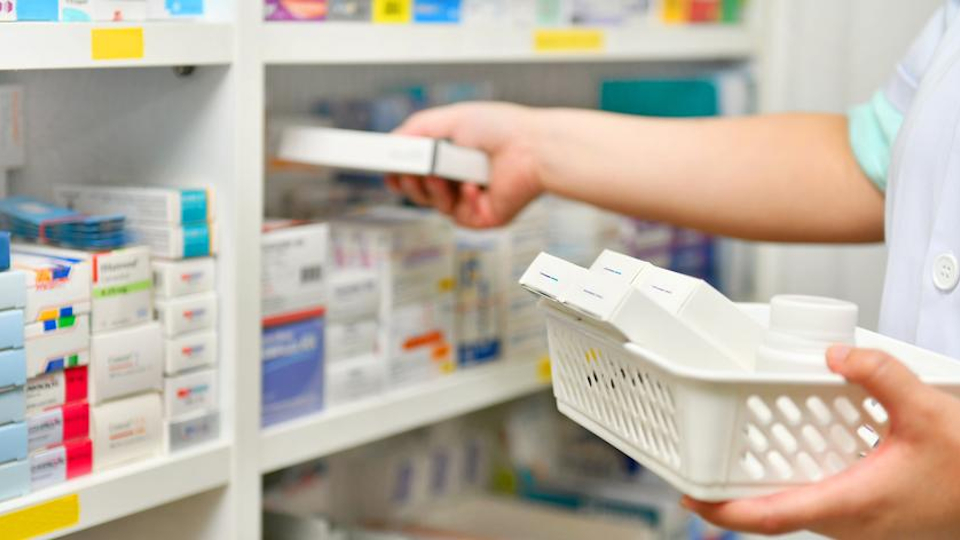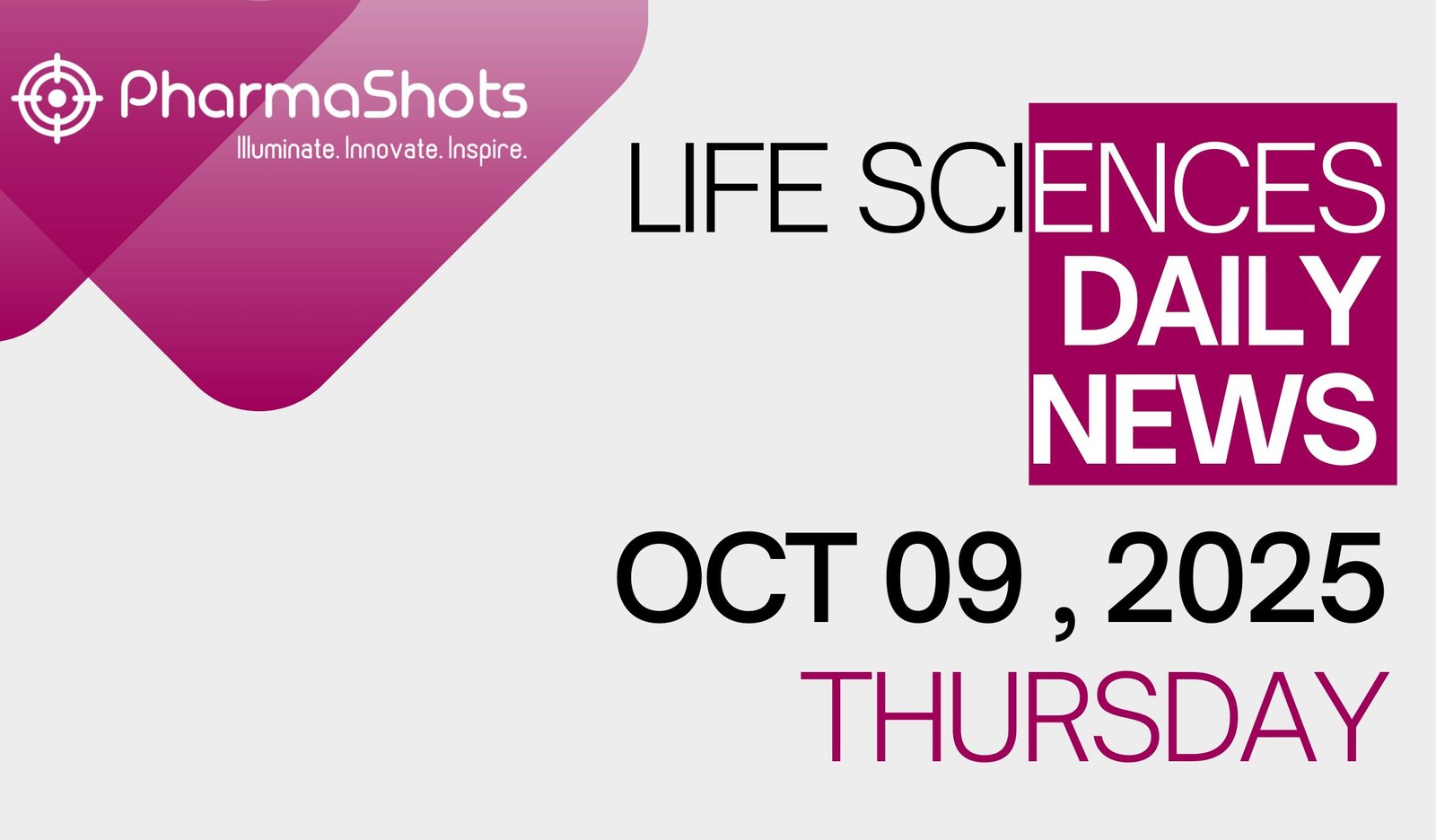
The UK government is considering ways to raise the price of medicines used by the NHS in an attempt to prevent further haemorrhaging of pharma industry investments in the country and avoid tariffs by the Trump administration.
That’s the assertion in a report from Politico, citing “industry figures” who have indicated the main element of the plan will be raising the threshold for cost-effectiveness used by reimbursement authority NICE from its current ceiling of £30,000 per quality-adjusted life year (QALY).
That could go some way towards solving a current impasse between the pharma industry and the government on the system of rebates levied on sales of medicines to the NHS above a certain threshold, which is currently at record levels.
The QALY threshold used by NICE in its appraisals of new medicines has remained the same for more than 20 years, and has been an irritant for many years for the pharma industry, which contends that ‘stagnation’ in the measure is one of reasons why the real value of what the UK is willing to pay for new medicines has declined by 47% since 1995.
If the upper end of NICE’s threshold had risen with inflation since 1999, it would now be around £56,794, according to the Association of the British Pharmaceutical Industry, which said that most countries do not specify a threshold for making decisions about funding new medicines and – among those that do – the UK is among the lowest.
The ABPI is pushing for the threshold to be raised to between £40,000 and £50,000 straight away and then linked thereafter to inflation, which would in time allow the share of the NHS budget spent on medicines to rise from its current level of around 9%, which lags behind other economies in western Europe. NICE already uses a higher £50,000 QALY threshold for severe diseases.
Issues over NHS drug pricing and rebates have resulted in some companies – including AstraZeneca, MSD, and Eli Lilly – abandoning UK investment programmes in protest as they ramp up spending in the US.
According to the Politico report, the UK government is preparing to brief the pharma industry on the details of its proposal later this week, and the measure is part of an effort to sidestep the 100% tariff on pharma imports to the US announced by the Trump administration last month.
Last week, Varun Chandra, the business advisor to UK Prime Minister Keir Starmer, held talks with US officials and pharma companies to try to reach an agreement on tariffs on medicines, which were left out of the recent UK-US trade agreement.
Drugmakers have come under pressure from Trump’s most favoured nation (MFN) policy, which is seeking to tie US medicine prices to those of similar economies elsewhere in the world, and some have already said that they will charge the same for certain new medicines in the UK as in the US, or simply decide not to supply the market if that is not possible.
Pfizer has sidestepped the tariff by agreeing to reduce the price of some of its medicines in the US and pledging a major investment in R&D and manufacturing capacity there, and other drugmakers are expected to follow suit.
Opponents of the idea of raising the QALY threshold argue that spending more on medicines diverts funding away from other NHS services that provide a greater return on healthcare investment and could lead to an overall reduction in public health.
“The industry position suggests that, unless new drug prices increase, life sciences in the UK will take a hit. But the factors that attract investment to life sciences are things like taxation, grants and a skilled workforce. There is no reason why the prices the NHS pays for new products should influence this investment,” commented Prof Mark Sculpher of the University of York.
“The geopolitical position is, however, complex and may force a trade-off between the health of the population and UK trade,” he added. “If so, the government should be transparent about how any changes will be funded and the likely impact on the health of patients.”
On the other hand, elevating the threshold could increase access for NHS patients to innovative treatments that were previously excluded on grounds of excessive cost relative to their clinical benefit, according to Prof Azeem Majeed of Imperial College London, although he acknowledged that would also put increased pressure on the NHS budget.
“It is not a straightforward issue and the Department of Health and Social Care, the Department for Business and Trade, and the Treasury may all have differing views about the relative costs and benefits of the change,” he said. “Ultimately, the decision will depend on the government’s political and economic priorities and its assessment of the relative importance of the competing costs and benefits.”









